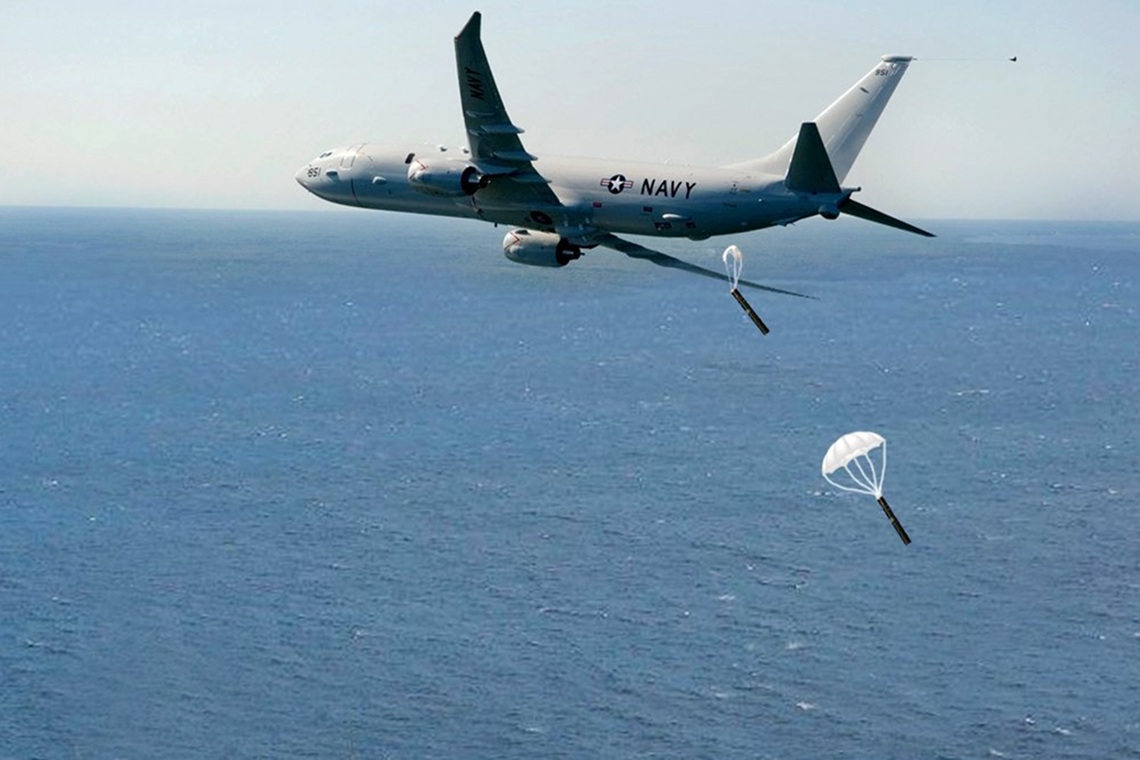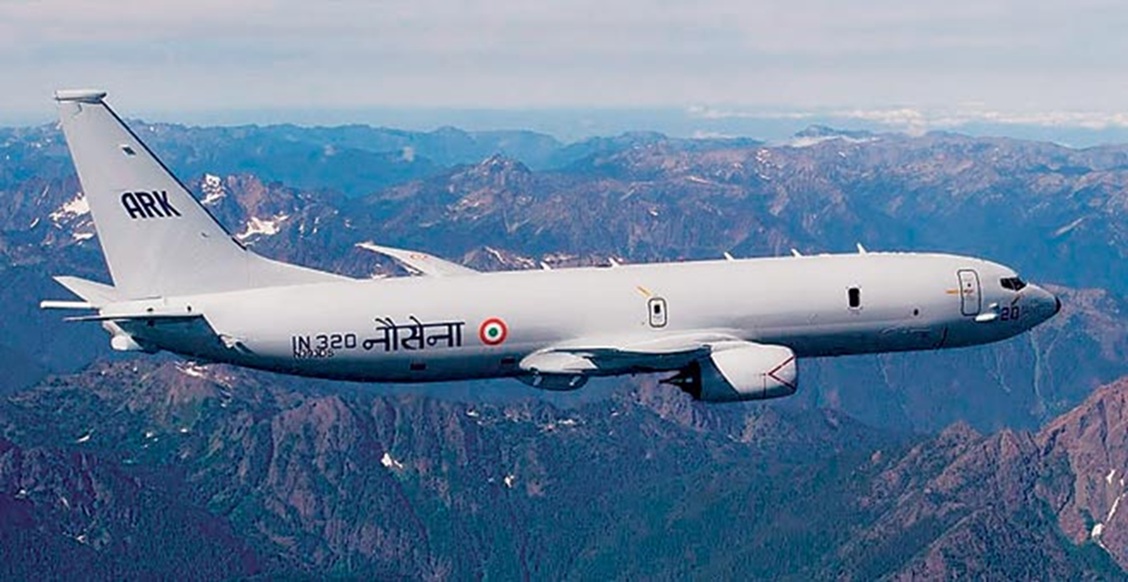The upcoming Union Budget 2025 is pivotal for India’s defence sector view of modernisation and self-reliance. As geopolitical tensions persist, the government’s commitment to enhancing national security through increased defence spending remains critical.
Every year, the nation eagerly awaits the presentation of the budget by the finance minister in the Parliament. One of the key elements of the budget is the allocation for Defence as a part of the “Defence Budget”. This budget is particularly allotted to the Ministry of Defence (MoD) and is largely an indicator of the mitigation of challenges towards National Security. The “Defence Budget” therefore covers five major areas of allocation, these being, Capital Acquisition, Sustainment/operational readiness, pay and allowances, pensions and expenditure for civil organizations under MoD. The two major elements can be broadly classified as “Capital Budget” and “Revenue Budget”.
Threat Perception
Before arriving at a realistic allocation for the “Defence Budget” it would be necessary to highlight our current threat perception and capability development to cater for both internal and external threats. The geopolitical challenges of global conflicts will also have an impact on supply chains and the availability of raw materials/ MRO support, which would then impact the allocations made. Conflicts in Ukraine, West Asia and other regions will affect energy prices and availability of critical military hardware components and therefore need to be factored in as opportunity costs. Considering the prevailing situation in Bangladesh and the Northeast apart from the situation on the Northern Borders, the Finance Minister has her task cut out.
Key Areas for Emphasis
Taking into account our present level of operational preparedness as well as the above outlined threat perceptions certain key areas for emphasis are being highlighted below.
Force Restructuring and Optimization
The Indian Army is transforming to become a more technologically advanced force. The year 2024 was therefore declared as the year of “Technology Absorption” and the current year will focus on the “Year of Defence Reforms”. What should we see then taking shape in 2025? A few pointers based on assessment.
Modernising Equipment
The present equipment profile of the Field Army is 68% vintage, 22% current and 8% state-of-the-art. Any combat force which has to stay relevant in the current times will need to progress to augment its State of Art military equipment profile capability to a minimum of 20-25%. Taking this as a benchmark the perspective planning has to be formulated to achieve this in a maximum period of five years progressing on a yearly road map. The concept of warfighting has changed, wherein there is a greater emphasis on intelligence, surveillance and reconnaissance. The use of air power along with rocket/missile artillery with extensive employment of drones have to be factored in all war plans and should be a part of our Military Doctrine. The existing Military Doctrine 2018 would therefore need to be revisited. The need to have a comprehensive air defence umbrella like the one we have seen Israel employing is a “MUST HAVE”.
Technology
It’s no rocket science to assume that the existing holding of our vintage equipment will need upgrading with the latest technologies like artificial intelligence, quantum computing, machine learning, robotics, and hypersonic to name a few. There would also be a need to augment our cyber and space capabilities. How this can be done will need detailing. Dependence on DRDO cannot be exercised any longer. The private sector along with academia will need to be a part of this journey. Hence would like to see a higher allocation in the budget towards research and development. The present allocation of one percent will not do.
Replacement of Ageing Equipment
The Air Force chief has amply highlighted this aspect. We may need to augment our existing artillery platforms such as Vajra K9 SP Gun, and ATAGS Howitzer as well as inclusion of light tank Zorawar, Futuristic Infantry Combat Vehicles (FICV) and others. We need to have sufficient numbers of these in a shorter time frame. The reduced lead time of availability of this equipment in the requisite numbers needs to be ensured. The onus of manufacturing has to shift from the Government to the Private Sector.
Building Critical Infrastructure
The concept of fighting a short, swift war has become history. The wars of today are being fought over larger durations as evident from the Russian-Ukrainian conflict as well as Israel-Hamas operations. The need to build a surge capacity in our defence ecosystem is a prerequisite. This would entail holding pre-determined reserves of ammunition, weapons, engineer equipment etc. This would need infrastructure in the forward areas as well as in the hinterland through MGO works. The requirement for underground storage in forward areas is inescapable. The allotment of funds to the Border Roads Organisation (BRO) from the existing 6500 crores is also warranted. It is largely expected that this should be increased to a minimum of 10000 crores.

PC: SIPRI
Expectations from Defence Budget
Taking into account all the above outlined factors we should expect to see an enhanced allocation towards capital acquisition and infrastructure development. Towards this end, it is visualised that the defence budget 2025-26 would cater for at least 2 lakh crores for capital acquisition, an increase of 28000 crores from the present budget. BRO should see an increase of 3500 crores and be pitched at 10000 crores. The allocation of Research and Development especially to the Private Sector should see an enhancement to at least 25000 crores. The budget related to the revenue expenditure as well as pay and allowances including pensions will probably see a marginal increase.
Overall Assessment
It would be a reasonable assumption to see a 5% increase in the defence budget from the allotment for the year 2024-25 which was pegged at 6.22 lakh crores i.e. an increase over 30000 crores largely towards capital acquisitions. Therefore, we could realistically assume a defence budget allocation of around 6.52 lakh crores with capital acquisition of around 2 lakh crores. This would bring us to about 2% of our GDP. Beyond this, we should not be much hopeful.
Title image courtesy: https://www.stimson.org/
Disclaimer: The views and opinions expressed by the author do not necessarily reflect the views of the Government of India and Defence Research and Studies








